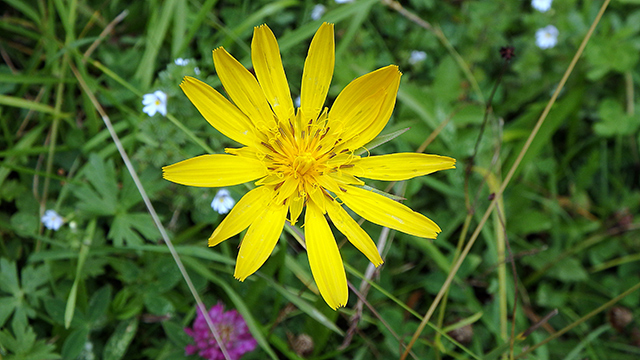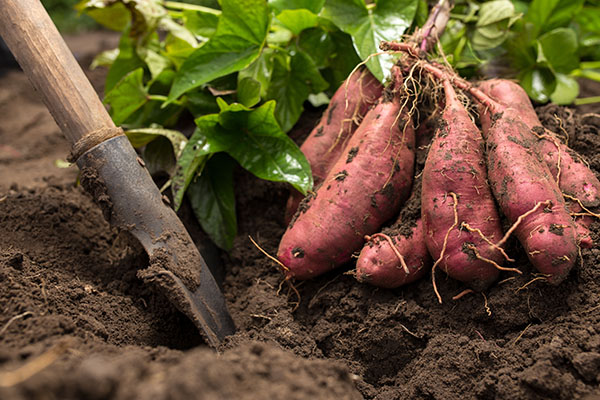
What is arnica?
Arnica is an herb with potent healing properties. You can use this plant to make an arnica salve, which is a must-have for your emergency kit. When used properly, arnica salve is a natural alternative to non-steroid anti-inflammatory drugs (NSAIDs) that may have harmful side effects. (Related: Have you heard of wolf’s bane? This pretty yellow plant has many medicinal uses.)
Guidelines for using arnica
Do not use arnica salve on open wounds or for extended periods of time since it may cause irritation. If you are pregnant or breastfeeding, consult a healthcare professional before using arnica.
You may have allergic reactions or hypersensitivity to arnica. If this occurs, stop using arnica-based remedies. People who are allergic or hypersensitive to any plant in the Asteraceae family must avoid using arnica. Other members of this family include dahlias, daisies, dandelions, marigolds, and sunflowers.
Arnica is a powerful anti-inflammatory. The plant can be used to make a healing compress, salve, or tincture that can stimulate blood flow. Arnica can also help alleviate swelling, heal bruises and hematomas, and reduce pain.
The herb can also increase the rate of tissue regeneration. Arnica salve can address carpal tunnel syndrome (CTS), osteoarthritis, and other issues linked to muscle and joint pain. Arnica can also be used as a remedy for bug bites and other minor injuries where the skin is not broken.
How to make DIY arnica salve
You can make an herbal salve once you have dried arnica blossoms. Start by making arnica-infused oil.
Arnica-infused oil recipe
Ingredients:
- 1 cup dried arnica flowers
- Olive oil (Or other carrier oils like almond oil or fractionated coconut oil)
- Vitamin E oil (optional)
Steps:
- Put the dried arnica flowers in a pint-size Mason jar.
- Cover the flowers with a carrier oil. The flowers must be fully submerged before you proceed.
- Close the jar and place it in a warm cupboard away from direct sunlight. Shake the jar several times a day.
- After four to six weeks, strain the contents of the jar to get the arnica-infused oil. Squeeze the flowers using a potato ricer or a cheesecloth, to get as much of the oil as possible.
- This step is optional, but you can add ¼ teaspoon of vitamin E per pint of oil. Vitamin E oil is good for your skin.
- Label and date the jar, unless you are making the arnica salve once the infused oil is done.
Arnica-infused oil will last for three years if you keep it away from light and heat.
Arnica salve recipe
Ingredients:
- 3 1/2 tablespoons arnica-infused oil
- 2 teaspoons beeswax (8 g)
Steps:
- Make a double boiler using a heat-safe glass measuring cup and a deep saucepan. Pour some water in the pan, then place the measuring cup inside the pan. Don't add too much water so it doesn't spill when the water starts boiling.
- Add the arnica-infused oil and beeswax to the glass measuring cup. Simmer the water in the pan until the beeswax has completely melted.
- Remove the measuring cup from the pan. Stir the mixture as it cools to prevent separation.
- Spoon the mixture into a salve tin. Alternatively, you can use a smaller jar.
Use this arnica salve to relieve aching joints, bruises, sore muscles, sprains, strains, and swelling.
As long as you do your research on medicinal plants, you will have access to natural remedies for minor aches and pains even after SHTF.
Sources include:
Please contact us for more information.























